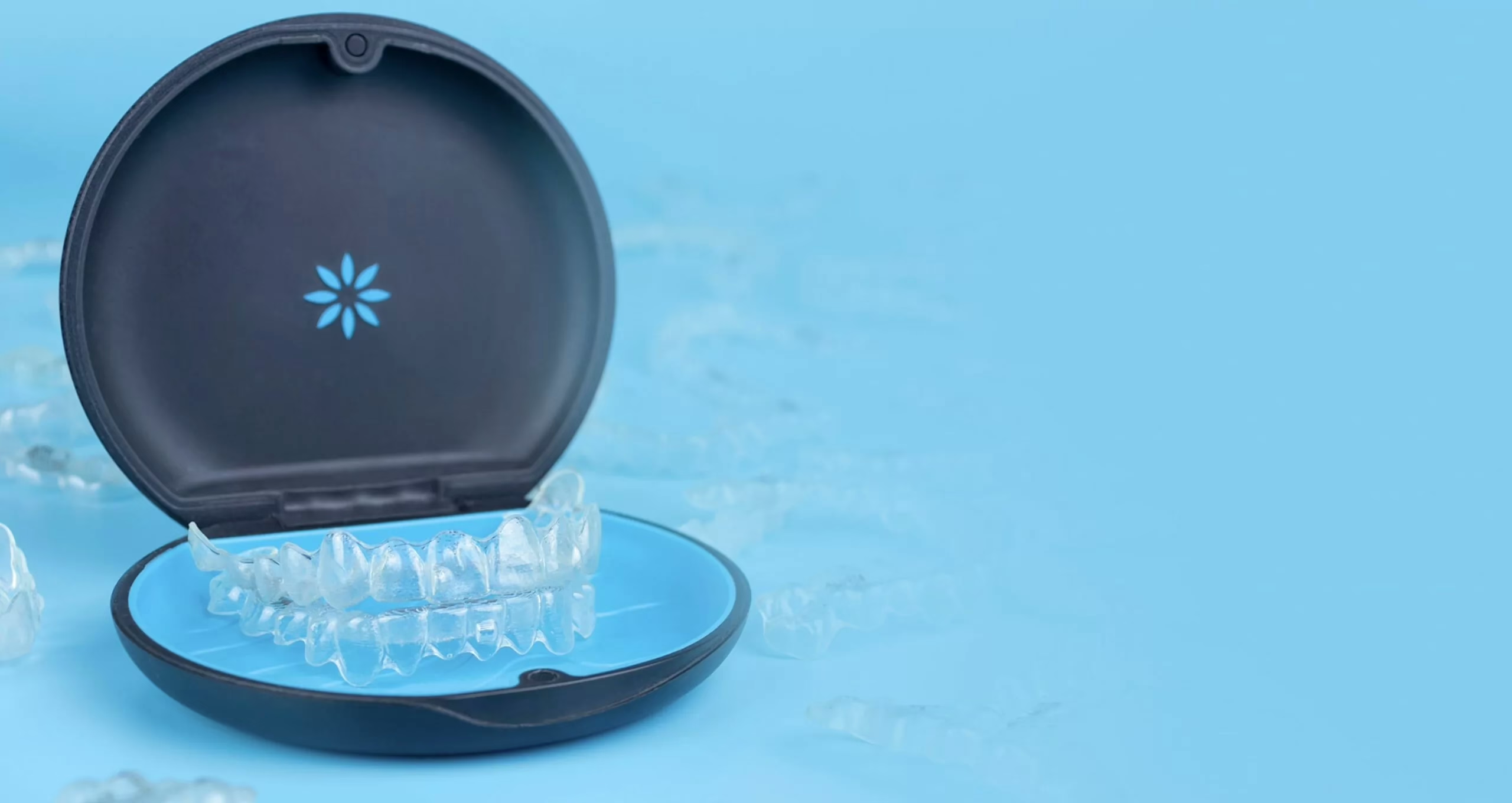Stay in the
Loop
Stay in the loop!
Summer is the season for sunshine, good vibes and delicious food – especially in the Panhandle! If you’re in
May is Mental Health Awareness Month — a time to reflect on how we support one another, both in
Invisalign® clear aligners are virtually-invisible, making them a convenient treatment option for any type of lifestyle. But let’s be
Thumb sucking and pacifier use are completely natural ways for babies and toddlers to self-soothe. It’s adorable when they’re
TikTok is full of life hacks, but not all of them are as helpful as they seem — especially
February is Gum Disease Awareness Month, a time to raise awareness about the importance of gum health and its
Experience a stunning new smile

Where to find us
2929 FL-77
Panama City, FL 32405
Hours
Monday: 8 AM - 4 PM
Tuesday: 8 AM - 5 PM
Wednesday: 8 AM - 5 PM
Thursday: 8 AM - 5 PM
Friday: 8 AM - 12 PM
Saturday: Closed
Sunday: Closed







